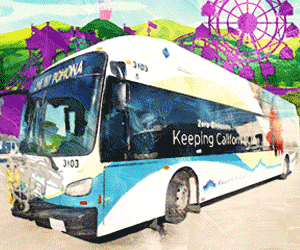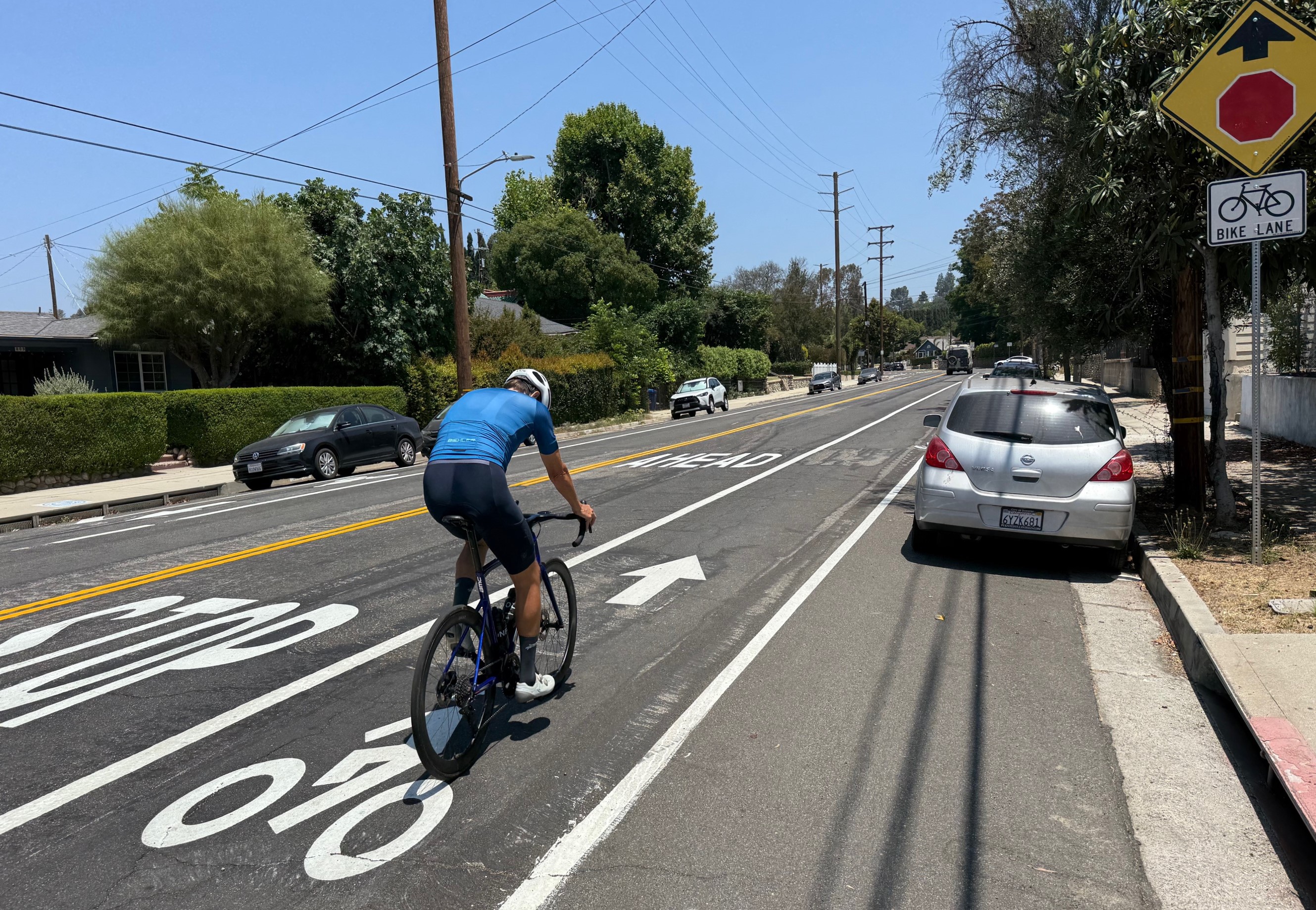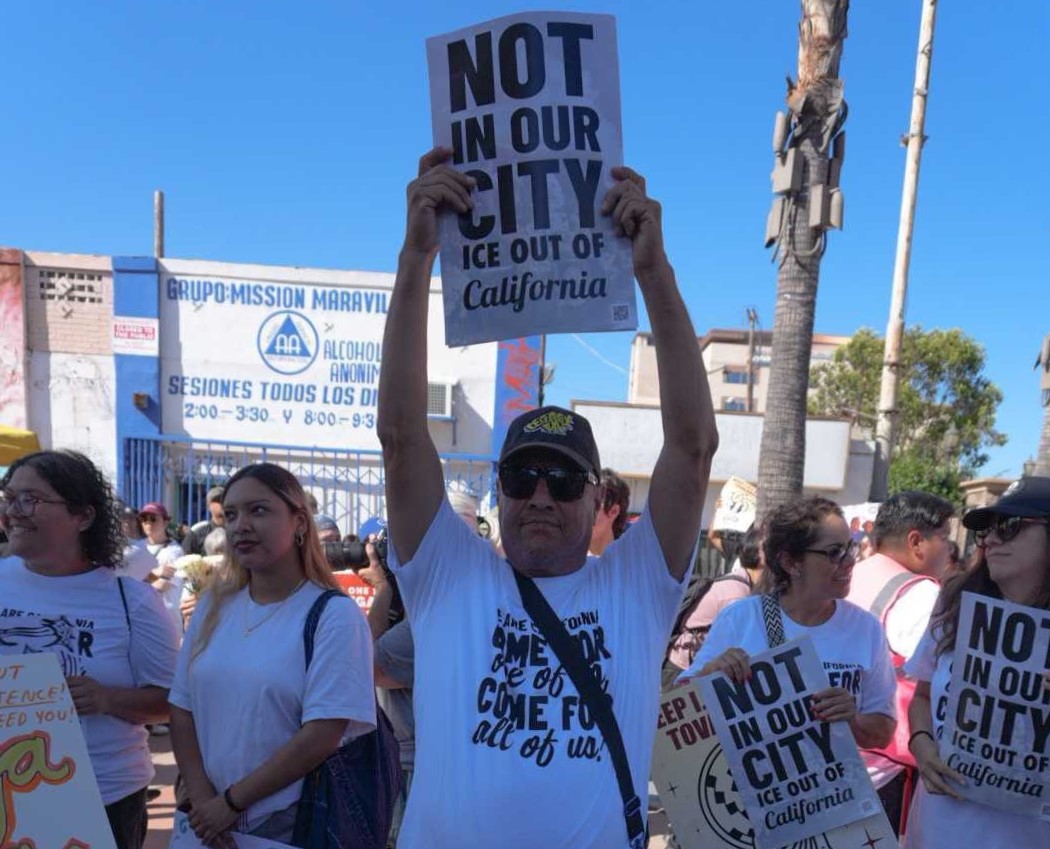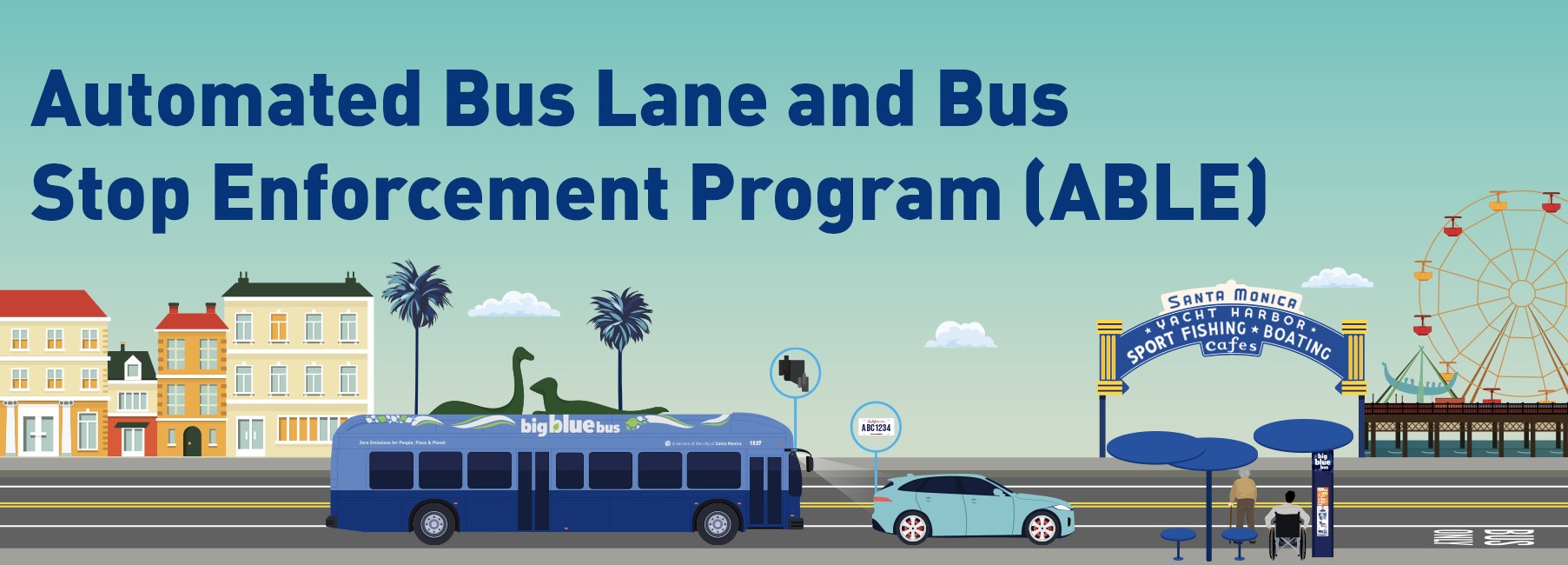| Class A Exclusive right-of-way and separated from cross traffic | Class B Exclusive right-of-way, NOT separated from cross traffic. | Class C Mixed with traffic, including mixed with pedestrians. | |
| Rail | Most rail rapid transit, using “third rail” power sources. Most classic “subway” and “metro” systems. | Most “light rail” in surface operations. Parts of some European and Australian tram networks. | Most North American streetcars. Many European and Australian trams. |
| Bus | Separated busways: (Brisbane, Ottawa, Bogotá, and segments in Los Angeles, Pittsburgh) Freeway bus/HOT lanes. | At-grade busways: Los Angeles Orange Line, Western Sydney busways, etc. | Buses in mixed traffic. |
For some people, it’s a foregone conclusion that rail transit is superior to bus. But the automatic elevation of one mode over the other has more to do with culturally imbued distinctions than actual ease of travel, Jarrett Walker at Human Transit likes to point out.
As his above graphic illustrates, the characteristics that make transit effective may have little to do with whether or not it lies on a fixed guideway. In terms of getting from one place to another, what separates truly superior transit is the exclusivity of its right-of-way and the spacing of its stops, Walker says:
If your objective is to get where you’re going fast and reliably, the Right-of-Way Class tells you a lot about a service’s potential to do that, while the rail-bus distinction, in isolation, tells you nothing. The fact is, both rail and bus technologies are capable of the complete spectrum of possibilities. Both can average 6 mph (10 km/h) in Class C situations, and both can run Class A at 60 mph (100 km/h) or more.
Right-of-way isn’t the only thing that matters for getting you where you’re going. There’s also stop spacing, with its inevitable tradeoff between speed and local access… and of course there are other essential distinctions like frequency, which are also entirely separable from rail and bus technologies.
Patrick Condon, for example, proposes that instead of building one rapid transit line (Class A, rapid stops) we could just build lots of streetcars (mostly Class C, local stops). That can make sense if you judge technologies entirely on their influence on urban form, and prefer the kind of form that seems to arise from streetcars. But it will be just incoherent to a transit planner who’s been trained to help people get places, and wonders if he’s being told that nobody cares about that anymore. Because if you do care about personal mobility — people getting where they’re going, now, today — you have to care about the columns.
Elsewhere on the Network today: The Kansas Cyclist reports that a motorist accused of attacking a group of cyclists in Lawrence is being charged with aggravated battery and a laundry list of other crimes. Portland Transport writes that its regional planning agency, Metro, is seeking Republicans and minorities to serve on a citizen panel, which is overwhelmingly white, affluent and left-leaning. And Extraordinary Observations comments on the importance of self-awareness in transit marketing campaigns, using an example from Cleveland, Ohio.






